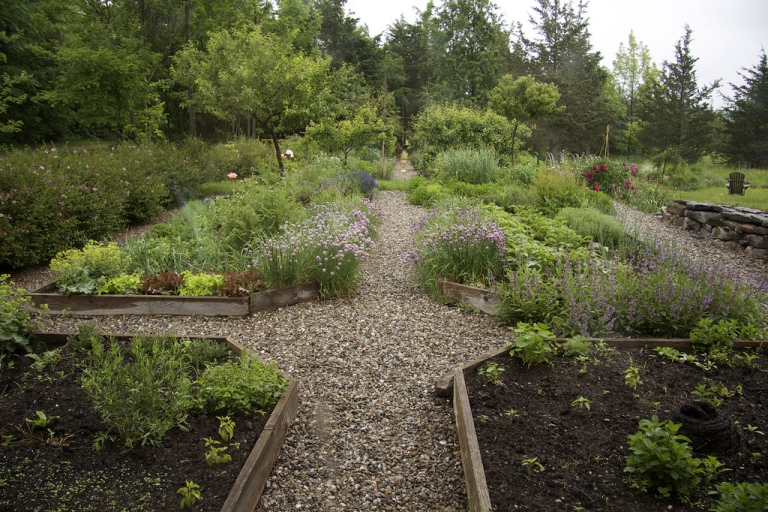

Resilient and inclusive cities, and address the challenges of a growing urban population. Sustainable patterns of urban growth, where forests and green spaces can help create more sustainable, This future planning approach calls for more Improve continuity between urban and rural spaces. Presented case study will be an inspiration for introducing UH in 1960's modernist housing estates in other countries.Ībstract: Future cities will need to plan and design urban green spaces and woodlands to meetĭiverse interests and needs, provide ecosystem services required by an evolving urban society and The results will support the development of the housing environment sustainability in estates, especially with, elderly residents. It is also valuable due to its interdisciplinary dimension, combining sociological, agrienvironmental,and urban sciences in a new way. The following publication has also a methodological dimension,i.e., it proposes a method of investigating the potential of a housing estate to introduce/develop UH. The novelty of this research is, on the one hand, its practical dimension, i.e., focusing on the problem of introduction (or development) of UH forms in the specific "urban organism" – an existing housing estate with its coherent urban layout, local community and own authorities. The preferred UH forms include: window sill and balcony cultivations, private gardens at ground-floor apartments, rooftop farms (in cooperation with city authorities), community gardens in the form of flowerbeds set up in disused sandboxes and small flower allotment gardens. It also showed that food security, which is basically the foundation of UH, was not essential for the estate residents, unlike its secondary aspects – recreation, social integration, and the aesthetic value of flower cultivation. Then, an focus interview was conducted with the estate management to establish their standpoint on developing UH to the estate.The presented case study on the housing estate in Lublin (Poland) demonstrated genuine recognition for UH forms among the residents. Next, the natural environment quality and UH suitability of the estate’s green.areas were examined. The residents’ interest in UH was determined using an in-depth questionnaire.interview. The intermediate.goals were to identify the physical and social conditions that support the development.UH to the Estate and to provide an inventory of the most preferred UH forms that can.be introduced in the Estate. The aim of the research was to indicate optimal areas for sites to introduce the.selected forms of UH within the Słowacki Estate in Lublin (Estate).

This manuscript presents how the urban horticulture (UH) supports sustainable.modernization of the 1960's multi-family modernist housing estates, still numerous all.over the world. The edible plant rate was 25.02% and the edible species rate was 32.12%. The rate of edible species was determined as 37.38% in streets, 38.02% in parks and 35.09% in schools. 44.39% of the plants were located in parks, 43.34% in streets and 12.28% in schools. According to the analyses, a total of 60 families, 123 genera, 166 species, 53 edible species and 29220 plants were identified in the study area. Plant species and numbers in the study area were determined on site. The research was conducted in 15 streets, 4 parks and 31 schools in Çanakkale City Center.

In this study, it was aimed to determine the potential of edible ornamental plants in the sample of Çanakkale City Center. These plants called edible ornamental plants can yield food products such as leaves, flowers and fruits suitable for consumption in urban areas without a commercial income. Some plants used in these areas have both aesthetic and food features. Open green spaces are the areas where the city, people and other living things breathe.


 0 kommentar(er)
0 kommentar(er)
